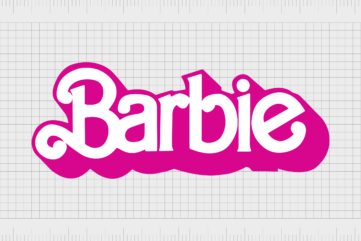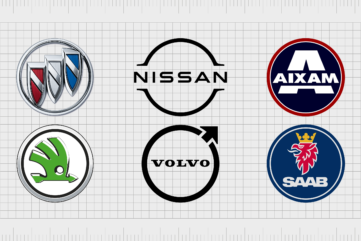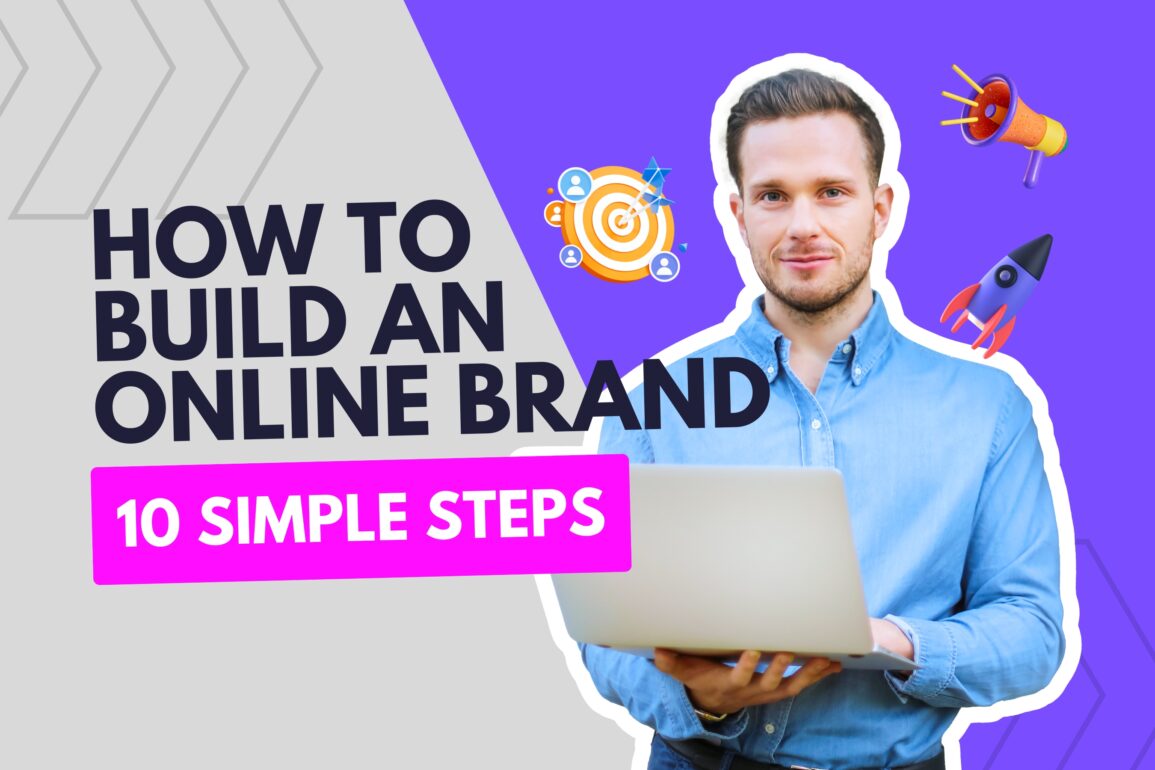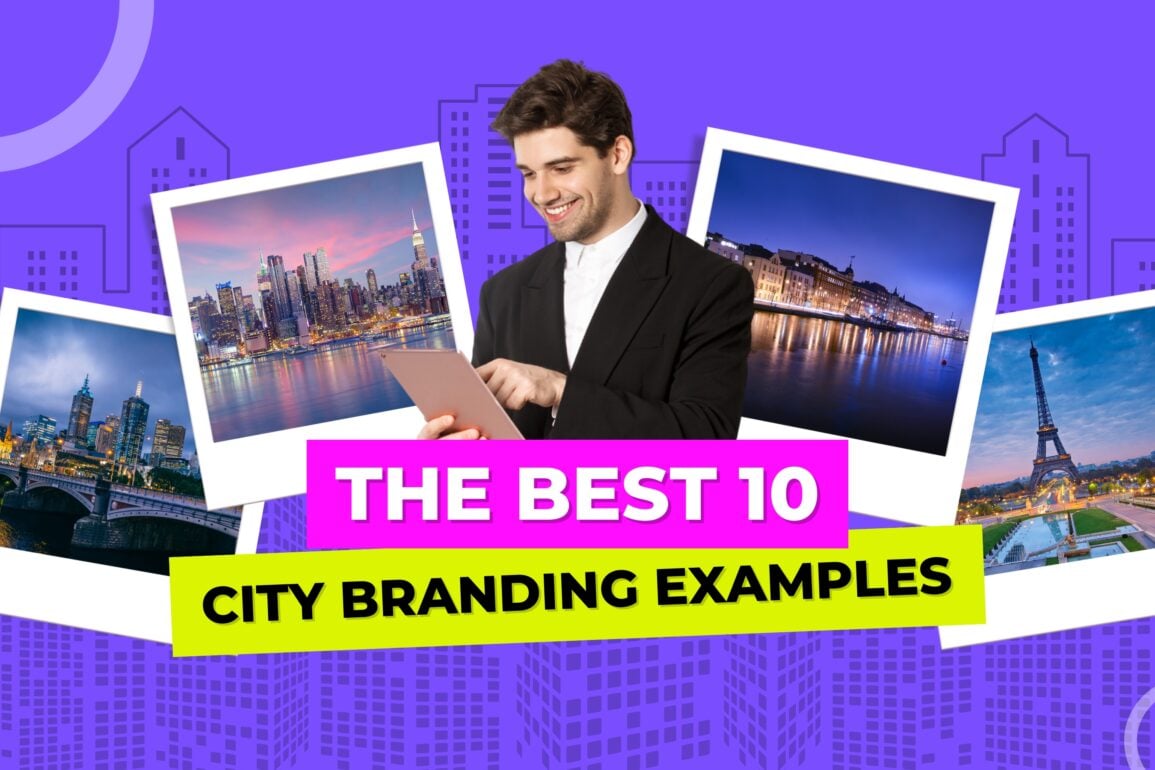7 steps to a successful employer branding strategy (best practices and examples)

All organizations have an employer brand – but not every company has an employer branding strategy. No matter your business size or industry, everything from your recruitment process, to the reviews of your employees shape how people perceive your company.
Just as your commercial brand attracts consumers to your company and paves the way for loyalty, your employer branding strategy cultivates the attention of top talent in your industry. It helps you connect with potential candidates and job seekers, and retain the professionals you need.
Today, strategic employer branding is more important than ever. 94% of candidates more likely to apply for a position listed by a company with a strong employer brand. Alternatively, 86% of workers wouldn’t apply for, or continue to work with a company with a bad reputation.
The right employer brand is the key to maintaining an edge in a complex hiring market, and attracting 50% more qualified candidates. So, how do you build an unforgettable brand?
Here’s your guide to developing the right employer branding strategy, complete with tips, best practices, and examples to inspire you.

What is employer branding? Employer branding definition
Employer branding is the reputation you cultivate as an employer, both with your existing workforce, and potential candidates. It’s how you position your company as something the best talent wants to be associated with, and how you keep existing staff engaged and motivated.
According to the CIPD, an employer brand is a culmination of all the attributes and qualities that make your business distinctive to job seekers. It combines your approach to employee experience, with your recruiting process, and corporate culture.
A strong employer brand connects with your organization’s values, mission and purpose, allowing you to engage prospective employees, and inspire employee advocacy.
Though the main focus of an employer branding strategy is often on helping companies attract the ideal candidate for job roles, your brand isn’t just a marketing resource. It’s also the key to preserving employee engagement and motivation.
Around 69% of employees say they think it’s important for their employer to have a brand they’re proud or happy to support.
While all companies have an employer brand, not every business approaches branding strategically. A successful employer brand requires the consideration of multiple factors, from how you connect staff to your company’s mission, to how you nurture and recruit staff.

Is employer branding important? The benefits of employer branding
So, why is the employer branding process so important? Why do you need to invest time in developing a comprehensive employer branding strategy? The most obvious answer is that your employer brand is the key to competing in today’s complex talent market.
Around 84% of larger organizations are now investing more heavily in their employer brand, to make themselves more appealing in a skills-short marketplace. Following employer branding best practices is how business leaders boost their chances of filling open positions.
Today, the right talent doesn’t just want a great salary or income. They want to work for companies that are empathetic to their needs, respectful of their values, and invested in developing their skills.
Your employer brand is how you show job candidates your business is the one they want to be associated with. Studies show companies with a strong employer brand drive twice the number of applicants per job posting, and reduce cost per hire by 43%.
Employer branding is also how you retain the talent you need to grow your business. Research shows building an engaging employer brand boosts productivity and engagement in the workforce, reduces talent turnover, and helps to align your team around shared values.
Ultimately, if you want to retain your current employees, attract new hires, and create brand ambassadors, you need a strategic employer brand.
The right employer brand strategy can even boost your brand equity in the eyes of investors and customers. Now, audiences in all industries are becoming increasingly passionate about supporting companies that demonstrate strong ethics, empathy, and support for their human resources.

How to create an employer brand strategy: Step by step
An employer branding strategy is crucial to your success in both the talent market, and the wider consumer landscape. Unfortunately, developing a strong employer brand can be complex. There are countless factors that influence your company’s reputation among employees.
Here are the key steps you should take to develop an employer brand that resonates with the right audience.
Step 1: Assess your brand identity
Your employer brand strategy, and your wider commercial brand identity should be closely aligned. It doesn’t make sense to tell your customers your business is focused on exceptional customer care and support, and tell your employees to focus only on earning revenue.
Remember, a good employer brand will help to convert employees into brand ambassadors for your company. This means they need to understand what your business stands for. Creating a comprehensive mission statement, brand promise, or vision is crucial to success.
Clear insights into your company values and vision will help you to craft an employer brand strategy that makes sense. For instance, Teach for America’s mission statement says the organization aims to give all children access to an excellent education.
Their values page sends a similar message about their employer brand, sharing how employees are encouraged to continuously learn, experiment, and cultivate curiosity.
Step 2: Conduct an employer brand audit
Next, you need to look at the message you’re already sending to prospective candidates and existing employees. Send surveys to your existing staff members, to find out how they define your company’s core values, and what they like and dislike about working with your company.
Employee feedback can give you an insight into whether you’re sending the right message to your talent network, while also ensuring you can define the problems affecting your current brand.
Build on anonymous surveys and polls by examining your online presence too. Look at the messages you send through your career pages and job board postings. Examine how potential and past employees talk about your business on sites like Glassdoor.
It’s a good idea to implement strategies that allow you to consistently monitor your brand too. Use social monitoring tools to track reviews from former employees and people you’ve interviewed. Glassdoor found companies with leading employer brands constantly monitor their reputation.
Step 3: Write your employer value proposition
When you want to capture the attention of your customer base, you highlight your unique value proposition – the thing that differentiates your company and products from competitors.
When you’re trying to resonate with employees, you need an “employer value proposition” – a statement that highlights what makes your company so great to work for.
Notably, your employee value proposition shouldn’t just focus on compensation, or how much you pay your team. It should be something that highlights your mission statement, and cultivates passion and excitement from potential candidates.
For instance, the EVP displayed on Accenture’s careers page highlights how their “people of change” help make a difference via the use of human ingenuity and technology. Think about how you can engage employees, by appealing to their core values and priorities.
Step 4: Develop your employer brand assets
In the commercial branding world, your brand assets consist of various resources you use to showcase your brand personality to customers and buyers. These include the content on your social media channels, your website, and even on your product packaging.
Your employer branding strategy also includes creating assets, focused specifically on your existing employees and the candidates you want to join your team.
Some of the core assets you need include:
- Social profiles: Create dedicated profiles on social media channels to highlight your employer brand. This could include creating “careers” versions of your profiles on platforms like Instagram, where you showcase employee achievements and stories.
- A career page: Your career page is the perfect place to showcase your employer value proposition, and the benefits of working with your company. Tell your potential staff members how working for your company will enrich their lives.
- Profiles on career sites: If you list job descriptions and open positions on career sites, think about how you highlight your employer brand on those channels. Look at the language in your job descriptions, and the benefits you outline for candidates.
Step 5: Create content to elevate your brand
Alongside your core employer brand assets, you also need plenty of content to help drive “brand awareness” for your employer brand. Content is the best way to communicate what your company stands for, and why you’re such a great employer.
The content you create can include everything from stories shared on a company news page, highlighting recent accomplishments, to blog posts, and articles written by your own staff members. You can share videos and photos of your teams, or experiment with slideshows.
You might even create dedicated employer branding “campaigns” for social media and email. These could draw attention to reviews and feedback from your employees, or insights into what you’re doing to elevate and improve company culture.
Constantly highlight the positive work environment you create for your team members, the employment opportunities you offer, and your company reviews.
Step 6: Adapt your recruitment process
Your recruitment process is a significant part of your employer brand. After candidates discover your business, and job opportunities, they need to see evidence that you deliver on your promise.
If you tell people your business is diverse and inclusive, but use discriminatory language on job descriptions, your reputation will suffer. Similarly, if you promise employees a fantastic experience in your workplace, but fail to deliver a good candidate experience, this leads to negative feedback.
Think about how you can make your recruitment process reflect your employer brand. Can you make it simple for candidates to apply for roles with a straightforward application process?
Can you adapt your interview process to suit different people, embracing ideas like video interviewing? How can you cultivate relationships with potential employees, by communicating constantly through the recruitment journey?
Step 7: Monitor, analyze and adapt
After building your employer brand and implementing it into everything from your company culture, to the content you share, it’s time to monitor the results. Consider how you’ll track the success of your employer branding initiatives.
Are you going to monitor employee engagement and turnover, to track how happy your existing employees are within your team? Do you want to pay attention to both employee retention, and the number of new hires you attract when posting job descriptions?
You can even examine things like “candidate quality” to determine whether you’re attracting the best candidates for your role, with the perfect “fit” for your business.

Employer branding best practices and tips
Just like a commercial brand, a positive employer brand takes time and effort to cultivate. Developing an effective employer brand strategy will give you the guidance you need to empower your HR teams, transform your hiring process, and enhance company culture.
However, there are other tips and employer branding best practices you can follow to increase your chances of success.
Here are our top tips:
1. Leverage your current employees
While the main focus of your employer brand strategy may be to attract new employees to your team, don’t overlook the importance of your existing staff members. Your current talent gives you an excellent insight into the positives and negatives of your existing brand.
They can also help to champion your brand to new talent, sharing their experiences, feedback, and reviews with others. Leverage positive sentiment towards your brand by sharing reviews on your career pages, or creating social profiles where teams can share posts.
2. Constantly monitor online mentions
Before customers purchase a product from a company, they read reviews and testimonials online. Similarly, new candidates will search for reviews from previous employees before they consider applying for a job role.
Not all potential employees will only evaluate the reviews on your website. Pay close attention to what former hires are saying about you on social media platforms, and channels like Glassdoor. If you notice any negative reviews, respond to them in a professional banner.
3. Demonstrate the right values
A positive employer brand doesn’t rely entirely on what you pay your team members, or the monetary benefits you offer. Today’s employees want to work for a company that shares their values.
Highlighting your commitment to social responsibility, sustainability, and even diversity, equity and inclusion will make you more appealing to virtually every employee. In fact, studies show that 1 in 3 staff members would take a lower salary to work for a socially responsible company.
If you’re not sure which values to convey, consider creating a “candidate persona”, outlining the core values, pain points, and priorities of the new talent you want to attract.
4. Invest in amazing employee experiences
Remember, a positive employer brand isn’t just a tool for attracting new talent. It’s also a vital resource for retaining your existing employees. Once you attract the right people to your team, you need to ensure they’re committed to staying with your company.
Think about how you can invest in and support your team members. For instance, offering various forms of professional development opportunities to your staff can boost engagement, motivation, and productivity in any business.
Supporting employee wellbeing by encouraging a good work-life balance, offering flexible working opportunities, and fighting back against burnout can also improve employee loyalty.
5. Be inclusive
One core pillar of a positive employer branding strategy is a commitment to diversity, equity, and inclusion. Today’s team members want to ensure they feel seen, recognized, and respected by the employers they work for.
In fact, 3 out of 4 candidates look for diversity and inclusion when considering a job offer. Showcasing a commitment to diversity, equity and inclusion will help you to reduce your recruitment costs, and connect with a wider range of talented professionals.
As a bonus, studies show that companies that are more inclusive are also more profitable, as they inspire innovation, creativity, and increased productivity.
6. Focus on transparency and honesty
Honesty and authenticity don’t just cultivate consumer trust. They’re also crucial for building relationships with your employees. When developing your employer brand, don’t make the mistake of ignoring negative feedback, and potential problems.
Negative reviews can help you uncover areas for improvement, and make changes that meet more of your team member’s needs. These satisfied employees will be more likely to stick with your business, and promote it to other talented professionals.
At the same time, don’t make promises you can’t keep. Lying to your would-be employees will only lead to problems for your employer brand in the long-term.
Employer branding examples to learn from
At this point, you’re almost ready to create an employer branding strategy that has a significant impact on your existing staff, and future candidates. However, it always helps to get a little inspiration from companies who already have a strong brand.
Here are some great employer branding examples to guide you…

1. Starbucks
Starbucks doesn’t just have a fantastic consumer brand; it also commits to showcasing a strong employer brand. The company focuses on showing its employees its invested in their success, and cares about their values. You can see plenty of examples on the @StarbucksJobs Instagram page.
Here, the brand shares insights into employee events, training experiences, and even the accomplishments of its team members.
There’s also plenty of content online that demonstrates the benefits of working for Starbucks, such as articles and social posts about the “Starbucks college achievement plan”.

2. HubSpot
HubSpot is another company that actively showcases its employer brand as often as possible. The HubSpot career page highlights the brand’s mission statement, and employee value proposition.
It also provides an insight into company culture, the brand’s story, and its commitment to diversity, equity, and inclusion. You can also find a slideshow (more than 120 pages long), that shares the company’s key values and “culture code”.
One particularly attractive part of the careers page is the series of videos, recorded by HubSpot employees, that answer questions new candidates might have about their roles.

3. Shopify
Ecommerce brand Shopify has one of the most interesting career pages out there. It’s brimming with information about what team members can expect from a job with Shopify. Plus, the messages all feature authentic, genuine language – no HR jargon.
Shopify tells would-be employees what they’re looking for, and what they can expect to get in return. Plus, the company makes it easy for potential team members to find the right role for them. There’s a comprehensive “roles” section on the page where you can filter through opportunities.
Team members can search for roles in specific locations, or sort through options based on their current skillset.
Mastering the employer branding process
Your employer branding strategy is more important than you might think. To thrive in today’s competitive world, companies can’t just rely on building relationships with consumers.
Your team members are the lifeblood of your business, ensuring your company can operate effectively, and continue to grow. However, in a competitive market, attracting and retaining great candidates is often extremely difficult.
Following the right employer branding process will ensure you can connect with candidates on a deeper level, engage your existing employees, and inspire employee advocacy.
Don’t underestimate the value of a strong employer brand.
Fabrik: A branding agency for our times.
















